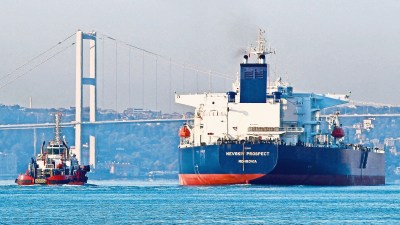Boeing Starliner’s manned mission delayed twice. Will it be third time lucky?
Two postponements have come for the program which is already years behind schedule and more than $1.5 billion over budget.
 Selected to ride aboard Starliner on its first crewed run, and to operate its manual controls, are two veteran NASA astronauts with 500 hours of spaceflight between them – Barry Wilmore and Sunita Williams. (Source: X/@NASA)
Selected to ride aboard Starliner on its first crewed run, and to operate its manual controls, are two veteran NASA astronauts with 500 hours of spaceflight between them – Barry Wilmore and Sunita Williams. (Source: X/@NASA)Raising hopes that the third time will be a charm, Boeing Starliner’s launch was delayed again over an issue with the spacecraft’s propulsion system, the company said earlier this week.
On its initial launch date of May 7, the launch was aborted as the Atlas V rocket carrying the Starliner space capsule was be rolled back to its hangar to replace a pressure valve.
Ahead of the new launch date of May 17, an issue with the spacecraft’s propulsion system spelt further delays. “Starliner teams are working to resolve a small helium leak detected in the spacecraft’s service module,” Boeing said, adding that engineers traced the leak to a component on one of the propulsion system’s 28 control thrusters that are used for maneuvering in Earth’s orbit. Helium is used on Starliner to pressurize the fuel that powers the spacecraft’s thrusters for orbital maneuvering.
These delays are only the latest in Starliner mission, a program years behind schedule and more than $1.5 billion over budget.
Carrying two NASA astronauts – Sunita Williams and Butch Wilmore – the spacecraft is now scheduled for liftoff from Cape, Canaveral Florida on May 21.
Boeing has been developing Starliner for over a decade to provide NASA with a second US spacecraft capable of ferrying astronauts to and from the International Space Station. SpaceX’s Crew Dragon capsule, built under the same NASA program, first launched astronauts to space in 2020.
Starliner’s latest mission, called the Crewed Flight Test, is due to be the final test before the spacecraft is certified by NASA to fly routine astronaut missions to the ISS. Boeing completed an uncrewed Starliner trip to the ISS in 2022 following years of technical and management issues.







